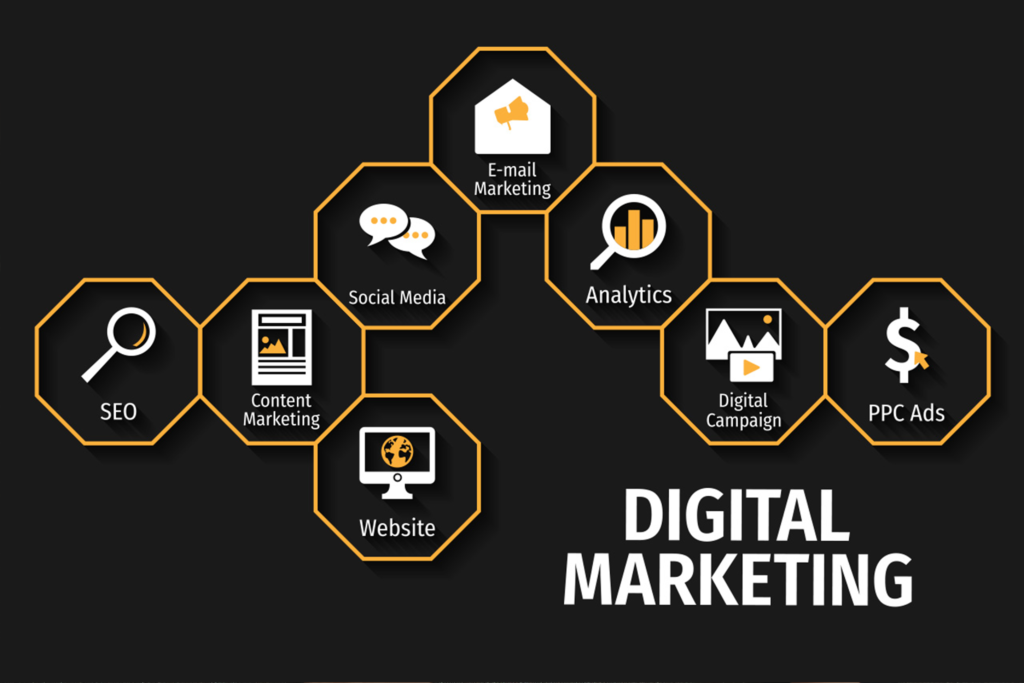In today’s fast-paced digital world, email marketing remains one of the most effective and reliable channels for reaching and engaging your audience. With its unparalleled ability to deliver targeted messages directly to your subscribers’ inboxes, email marketing offers businesses a powerful way to nurture relationships, drive conversions, and achieve their marketing objectives. In this comprehensive guide, we’ll explore the fundamentals of email marketing and provide actionable tips to help you unlock the full potential of this dynamic marketing strategy.
What is Email Marketing?
Email marketing is the practice of sending targeted, personalized emails to a group of subscribers with the goal of building relationships, promoting products or services, and driving conversions. Unlike traditional forms of advertising, email marketing allows businesses to communicate directly with their audience in a more intimate and personalized manner, delivering relevant content and offers tailored to the individual recipient’s interests and preferences.
The Benefits of Email Marketing
- High ROI: Email marketing consistently delivers one of the highest returns on investment (ROI) of any marketing channel. With an average ROI of $42 for every $1 spent, email marketing offers businesses a cost-effective way to drive revenue and maximize their marketing budget.
- Direct Communication: Email marketing allows businesses to communicate directly with their audience, bypassing the noise and distractions of other marketing channels. By delivering messages straight to your subscribers’ inboxes, you can ensure that your content gets seen and heard by the right people at the right time.
- Targeted and Personalized Messaging: Email marketing platforms offer robust segmentation and personalization capabilities, allowing businesses to tailor their messages to specific segments of their audience based on demographics, behaviors, and interests. By sending targeted and relevant content, businesses can increase engagement and drive conversions.
- Automation and Scalability: Email marketing automation allows businesses to set up automated campaigns that trigger based on specific actions or behaviors, such as sign-ups, purchases, or abandoned carts. Automation streamlines the email marketing process, saves time and resources, and enables businesses to scale their efforts effectively.
- Measurable Results: Email marketing platforms provide detailed analytics and reporting tools that allow businesses to track the performance of their campaigns in real-time. From open rates and click-through rates to conversion metrics and revenue generated, businesses can measure the effectiveness of their email marketing efforts and make data-driven decisions to optimize their strategy.
Key Elements of a Successful Email Marketing Strategy
- Building a Quality Email List: Start by building a quality email list of subscribers who have opted in to receive communications from your brand. Offer incentives such as discounts, exclusive content, or gated resources to encourage sign-ups and ensure that your email list consists of engaged and interested subscribers.
- Segmentation and Personalization: Segment your email list based on demographics, behaviors, and preferences to deliver targeted and personalized content to your subscribers. Use dynamic content and merge tags to customize your emails based on each recipient’s interests, purchase history, and engagement with your brand.
- Compelling Content and Design: Create compelling and visually appealing email content that captures your subscribers’ attention and encourages them to take action. Use clear and concise messaging, eye-catching images, and compelling calls-to-action (CTAs) to drive engagement and conversions.
- Optimized Sending Frequency and Timing: Experiment with different sending frequencies and timings to determine the optimal schedule for your email campaigns. Monitor open rates, click-through rates, and unsubscribe rates to gauge subscriber engagement and adjust your sending frequency and timing accordingly.
- Mobile Optimization: Ensure that your email campaigns are optimized for mobile devices, as the majority of email opens now occur on smartphones and tablets. Use responsive design techniques, single-column layouts, and large, tappable buttons to ensure a seamless user experience across all devices.
- Testing and Optimization: Continuously test and optimize your email campaigns to improve their effectiveness and performance over time. A/B test different elements of your emails, such as subject lines, sender names, and CTAs, to identify what resonates best with your audience and drive better results.
Conclusion
Email marketing remains a cornerstone of modern marketing strategies, offering businesses a powerful way to reach and engage their audience, drive conversions, and achieve their marketing objectives. By developing a well-planned email marketing strategy and leveraging the targeting, personalization, and automation capabilities available, businesses can maximize the effectiveness of their email campaigns and drive tangible results for their brand.
Ready to elevate your email marketing strategy and drive meaningful results for your business? Contact us today to learn how our team of email marketing experts can help you develop and execute a customized email marketing strategy tailored to your unique business goals.

